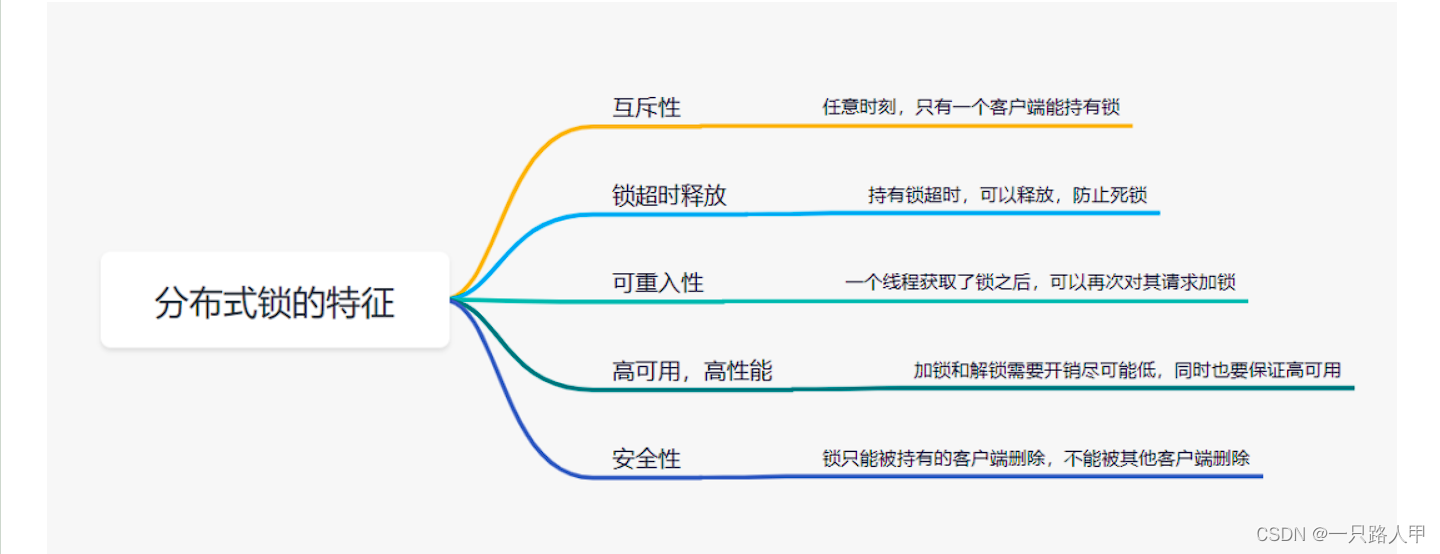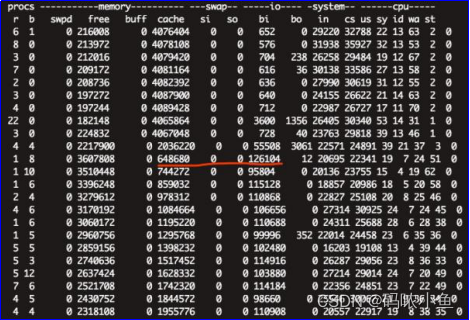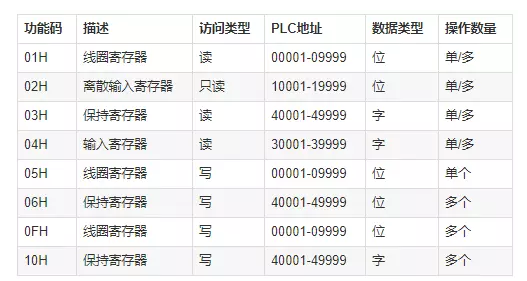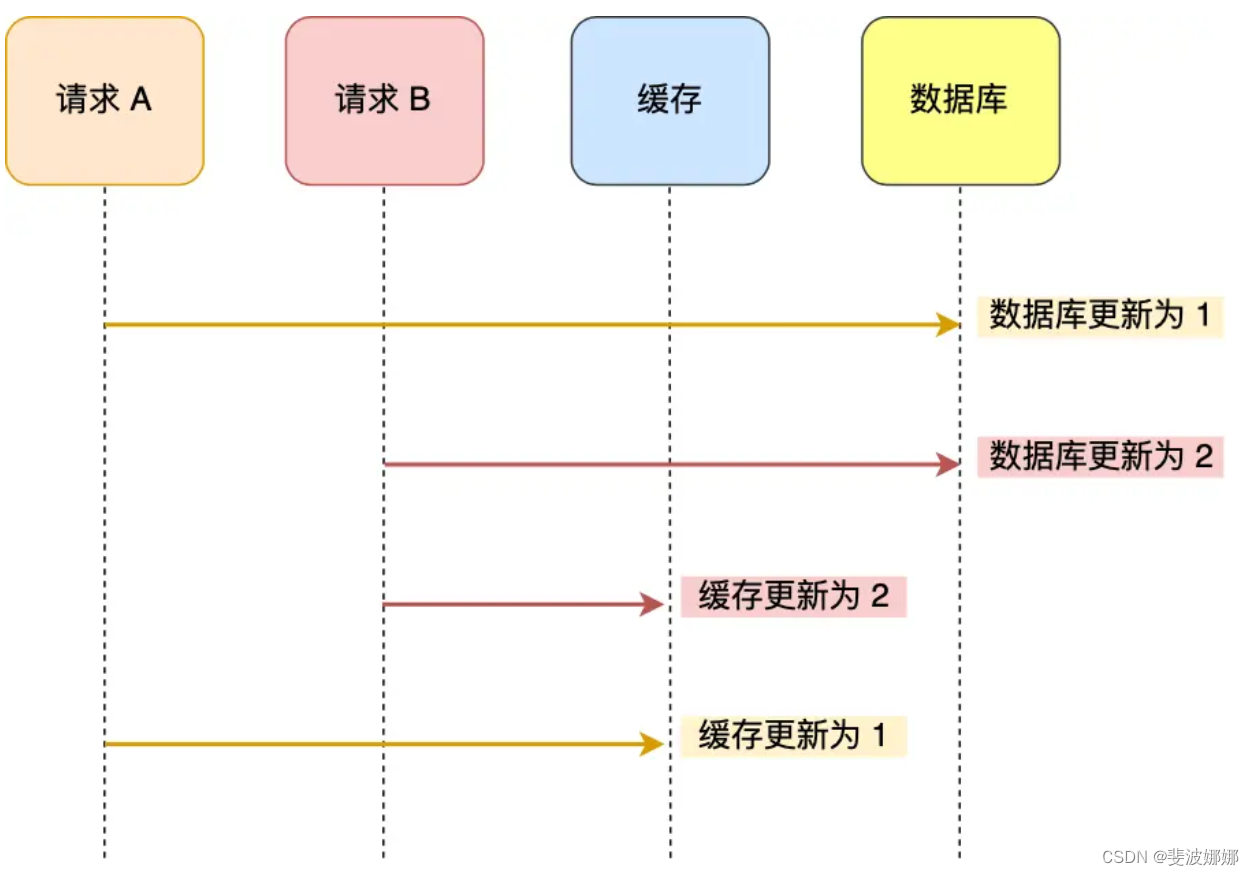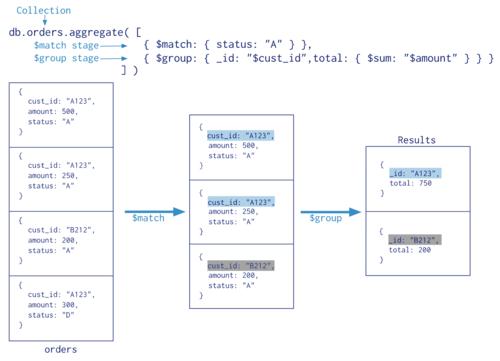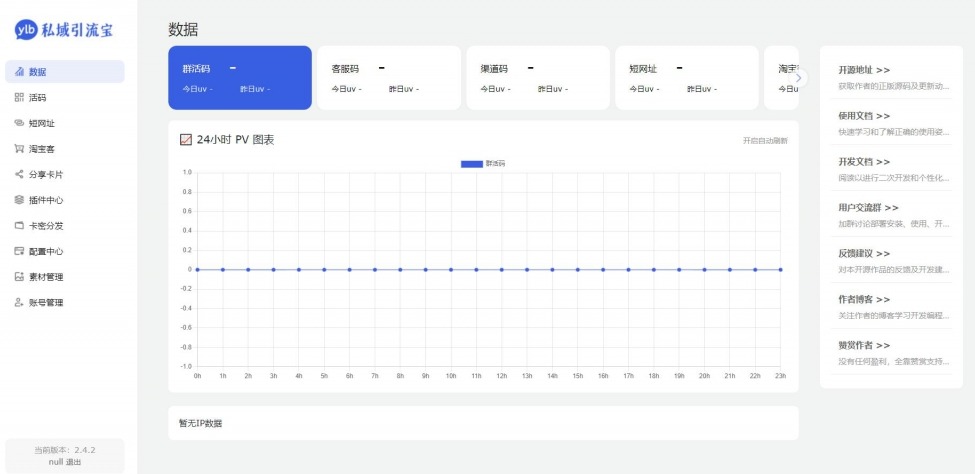目录
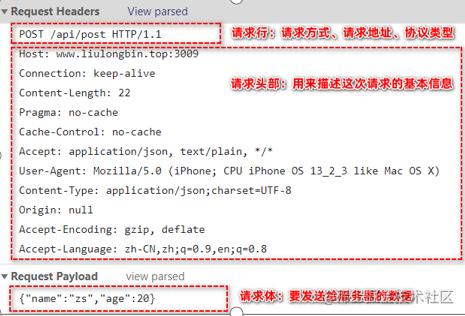
一、axios介绍
1.概念
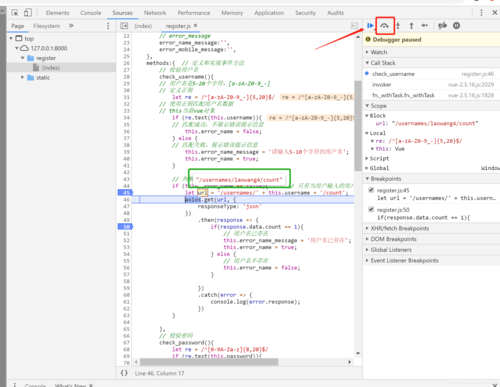
2.功能
3.好处
二、axios用法
1.安装方法
2.GET方法
3.POST方法
4.执行多个并发请求
5.axios API
6.请求方法的别名
7.async/await异步请求
三、axios实例
四、总结
一、axios介绍
1.概念
AJAX是“Asynchronous JavaScript and XML”的缩写,它是一种用于创建交互式网页应用程序的技术。AJAX允许在不重新加载整个网页的情况下,异步地向服务器发送请求并获取数据。这使得网页可以更加动态和交互性,而不会中断用户的操作。
Axios是一个基于Promise的HTTP客户端,用于浏览器和Node.js环境,它可以在前端和后端进行HTTP请求。它的设计简单、易于使用,提供了丰富的功能和选项来处理HTTP请求和响应。
2.功能
-
发送HTTP请求: Axios支持发送各种类型的HTTP请求,包括GET、POST、PUT、DELETE等。
-
Promise API: Axios使用Promise API来处理异步请求,使得代码更加清晰和易于理解。
-
拦截器: 可以使用拦截器对请求和响应进行全局的处理,比如在请求发送之前添加公共的请求头,或者在响应返回后进行数据处理。
-
取消请求: Axios提供了取消请求的功能,可以在需要时取消正在进行的请求,避免不必要的网络请求。
-
错误处理: 可以方便地处理请求过程中可能发生的错误,包括网络错误、超时等。
3.好处
-
简单易用: Axios提供了简洁清晰的API,易于学习和使用。
-
跨平台: 可以在浏览器和Node.js环境中使用,适用于前后端分离的开发模式。
-
功能丰富: 提供了丰富的功能和选项,包括拦截器、取消请求、错误处理等,满足了各种复杂场景下的需求。
-
广泛支持: Axios被广泛应用于各种前端框架和库中,比如React、Vue.js等,成为了业界标准之一。
二、axios用法
1.安装方法
使用 cdn:
或
使用 npm:
$ npm install axios
使用 bower:
$ bower install axios
使用 yarn:
$ yarn add axios
使用方法:
Vue.axios.get(api).then((response) => {
console.log(response.data)
})
this.axios.get(api).then((response) => {
console.log(response.data)
})
this.$http.get(api).then((response) => {
console.log(response.data)
})
2.GET方法
我们可以简单的读取数据:
axios.get('https://api.example.com/data')
.then(response => {
console.log(response.data);
})
.catch(error => {
console.error('Error fetching data:', error);
});
也可以读取JSON 数据
const app = {
data() {
return {
info: 'Ajax 测试!!'
}
},
mounted () {
axios
.get('https://www.runoob.com/try/ajax/json_demo.json')
.then(response => (this.info = response))
.catch(function (error) { // 请求失败处理
console.log(error);
});
}
}
Vue.createApp(app).mount('#app')
使用 response.data 读取 JSON 数据:
网站列表
{{ site.name }} const app = { data() { return { info: 'Ajax 测试!!' } }, mounted () { axios .get('https://www.runoob.com/try/ajax/json_demo.json') .then(response => (this.info = response.data.sites)) .catch(function (error) { // 请求失败处理 console.log(error); }); } } Vue.createApp(app).mount('#app')
GET 方法传递参数格式如下:
// 直接在 URL 上添加参数 ID=12345
axios.get('/user?ID=12345')
.then(function (response) {
console.log(response);
})
.catch(function (error) {
console.log(error);
});
// 也可以通过 params 设置参数:
axios.get('/user', {
params: {
ID: 12345
}
})
.then(function (response) {
console.log(response);
})
.catch(function (error) {
console.log(error);
});
3.POST方法
axios.post('https://api.example.com/data', {
key: 'value'
})
.then(response => {
console.log('Response:', response.data);
})
.catch(error => {
console.error('Error posting data:', error);
});
POST 方法传递参数格式如下:
axios.post('/user', {
firstName: 'Fred', // 参数 firstName
lastName: 'Flintstone' // 参数 lastName
})
.then(function (response) {
console.log(response);
})
.catch(function (error) {
console.log(error);
});
4.执行多个并发请求
function getUserAccount() {
return axios.get('/user/12345');
}
function getUserPermissions() {
return axios.get('/user/12345/permissions');
}
axios.all([getUserAccount(), getUserPermissions()])
.then(axios.spread(function (acct, perms) {
// 两个请求现在都执行完成
}));
5.axios API
axios(config)
// 发送 POST 请求
axios({
method: 'post',
url: '/user/12345',
data: {
firstName: 'Fred',
lastName: 'Flintstone'
}
});
// GET 请求远程图片
axios({
method:'get',
url:'http://bit.ly/2mTM3nY',
responseType:'stream'
})
.then(function(response) {
response.data.pipe(fs.createWriteStream('ada_lovelace.jpg'))
});
axios(url[, config])
// 发送 GET 请求(默认的方法)
axios('/user/12345');
6.请求方法的别名
axios.request(config)
axios.get(url[, config])
axios.delete(url[, config])
axios.head(url[, config])
axios.post(url[, data[, config]])
axios.put(url[, data[, config]])
axios.patch(url[, data[, config]])
7.async/await异步请求
async function fetchData() {
try {
const response = await axios.get('https://api.example.com/data');
console.log(response.data);
} catch (error) {
console.error('Error fetching data:', error);
}
}
fetchData();
三、axios实例
1.使用jsonplaceholder提供的一个公开的API来获取一些示例数据。我们发送了一个GET请求到https://jsonplaceholder.typicode.com/posts,并在控制台中打印出返回的数据。
// 引入Axios
import axios from 'axios';
// 使用Axios发送GET请求获取数据
axios.get('https://jsonplaceholder.typicode.com/posts')
.then(response => {
// 打印返回的数据
console.log('Response:', response.data);
})
.catch(error => {
// 处理错误
console.error('Error fetching data:', error);
});
2.注册
// 引入Axios
import axios from 'axios';
// 用户注册信息
const userData = {
username: 'example_user',
email: 'example@example.com',
password: 'example_password'
};
// 使用Axios发送POST请求进行用户注册
axios.post('https://jsonplaceholder.typicode.com/posts', userData)
.then(response => {
// 打印注册成功后返回的用户信息
console.log('User registered successfully:', response.data);
})
.catch(error => {
// 处理注册过程中可能发生的错误
console.error('Error registering user:', error);
});
在这个示例中,我们创建了一个包含用户注册信息的对象userData,然后使用Axios发送了一个POST请求到https://jsonplaceholder.typicode.com/posts。在这个示例中,我们使用jsonplaceholder提供的一个模拟API来模拟用户注册过程。在这个示例中,我们使用jsonplaceholder提供的一个模拟API来模拟用户注册过程。
如果注册成功,服务器会返回注册用户的信息,并在then回调函数中打印出来;如果注册过程中发生错误,错误信息会在catch回调函数中进行处理。
这个示例演示了如何使用Axios发送POST请求并处理响应,你可以根据自己的需求来发送不同类型的请求,并对返回的数据进行相应的处理。Axios提供了丰富的功能和选项,可以满足各种不同场景和需求。
四、总结
Axios是一个流行的基于Promise的HTTP客户端库,用于浏览器和Node.js环境中进行HTTP请求。下面是Axios的一些关键特点和优势:
-
简单易用: Axios提供了清晰简洁的API,易于学习和使用,使得发送HTTP请求变得更加简单和高效。
-
功能丰富: 支持发送各种类型的HTTP请求,包括GET、POST、PUT、DELETE等,同时提供了丰富的功能和选项,比如拦截器、取消请求、错误处理等。
-
Promise API: Axios使用Promise API来处理异步请求,使得代码更加清晰易懂,可以轻松处理异步操作。
-
跨平台: 可以在浏览器和Node.js环境中使用,适用于前后端分离的开发模式。
-
拦截器: 可以使用拦截器对请求和响应进行全局的处理,比如在请求发送之前添加公共的请求头,或者在响应返回后进行数据处理。
-
错误处理: 提供了方便的错误处理机制,可以处理请求过程中可能出现的各种错误,包括网络错误、超时等。
-
广泛支持: 被广泛应用于各种前端框架和库中,成为了业界标准之一,同时也适用于Node.js后端开发。
总的来说,Axios是一个功能强大、易用的HTTP客户端库,为开发者提供了便捷的方式来处理AJAX请求,使得开发交互式的Web应用程序变得更加简单和高效。


